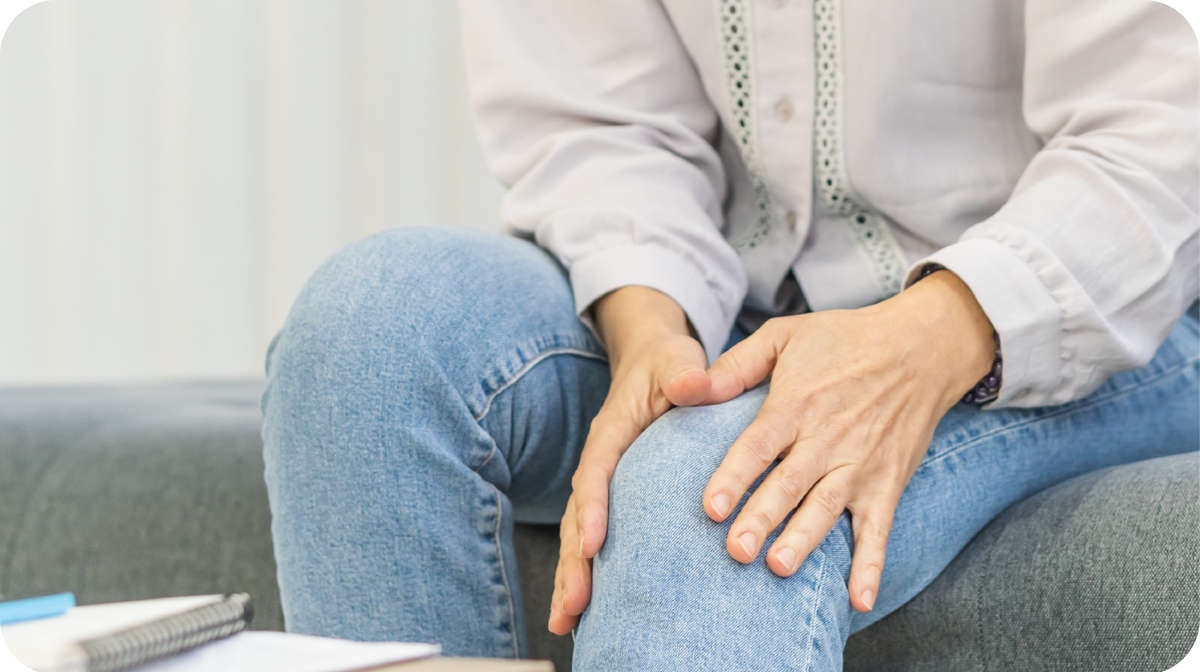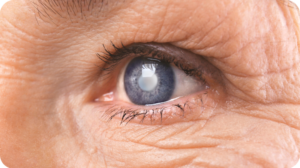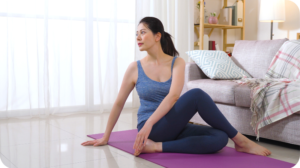When you move, your joints move. That simple fact is why joint pain, even if it’s not extreme, can be so debilitating and exhausting. Joint pain is one of the most common signs of aging, but is also a symptom of a wide range of diseases and conditions, from arthritis, to tendinitis, to fibromyalgia.

The pain sometimes stems from structural damage to a joint, such as torn cartilage. More often, it is the result of inflammation. That inflammation can become chronic. Fighting recurrent joint pain starts with basic strategies for reducing inflammation in the body. Eliminate sugar, alcohol, and processed foods from your diet as much as possible. Focus on boosting the amount of omega-3 food sources you eat. Some of the best sources are wild, oily fish, walnuts, and flaxseed oil.
Diet alone, though, will only go so far in alleviating joint pain. Here are some time-tested strategies for getting relief from aching joints.
- Swimming. Studies have found that water exercise for as little as 45 minutes three times a week significantly reduced joint pain caused by osteoarthritis. It doesn’t have to be swimming. Water aerobics would theoretically provide the same benefit. Simple exercises like walking underwater can also help, and will work your cardio as well. One of the wonderful things about exercising in the water is that your body and joints are fully supported throughout your range of motion, so the risk of injury is far less than with other types of exercise.
- Supplements. Although there is not conclusive research on the many supplements touted for treating joint inflammation, I do think it can be worth trying something that is relatively safe. The three that show the most promise are chondroitin, glucosamine, and fish oil. As with any supplement, buy an organic, reputable name-brand product, one that has been tested and certified through a third-party lab such as the NSF. Follow the recommendations for dosage supplied on the label. Give the supplement at least two weeks to have any effect.
- Compression. Inflammation and misalignment in lower body joints responds well to being wrapped. There are many widely available over-the-counter knee and ankle (and elbow or wrist) compression braces keep the joint in proper alignment, and compresses them to limit both inflammation and errant, damaging movements. Although these should be used during activities, they can also be worn during sleep if joint pain commonly wakes you up. It’s wise to get padded versions to further protect sensitive joints.
These three strategies can be used in conjunction with one another to have the biggest impact on reducing joint strain. For immediate topical relief, try an organic capsaicin cream or lotion. Capsaicin is what gives hot peppers their heat and, used topically, it can overwhelm pain signals. (Try on a small patch of skin first, to ensure you’re not allergic.)
It’s important to note that any ongoing or recurrent joint paint is a sign to consult your physician about the underlying cause and possible medical treatments, drugs, and/or physical therapy. Always let your caregiver know what steps you’ve taken on your own to deal with the problem.
Share some love if you like this post!







